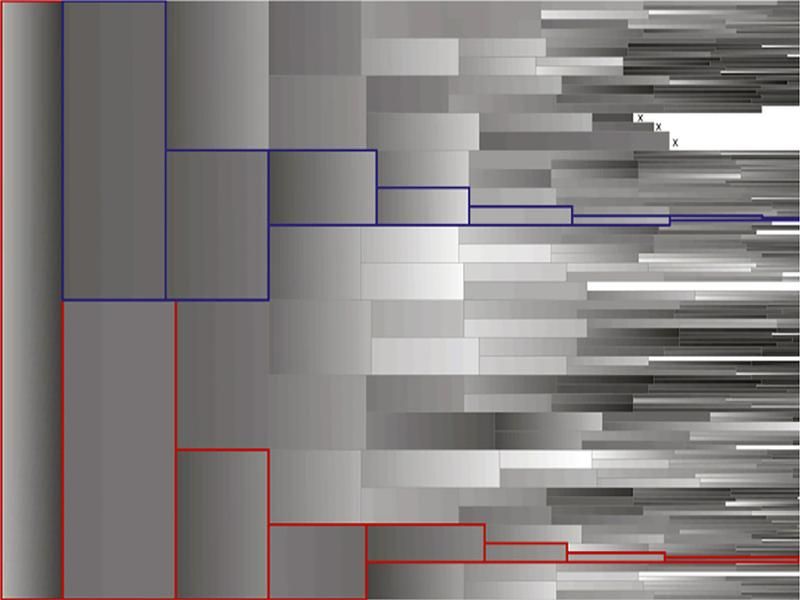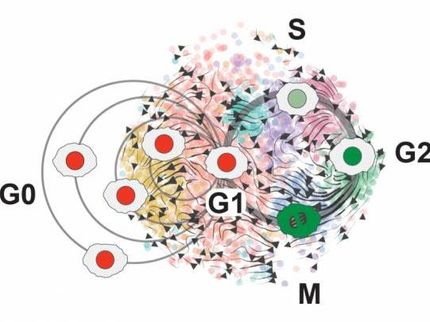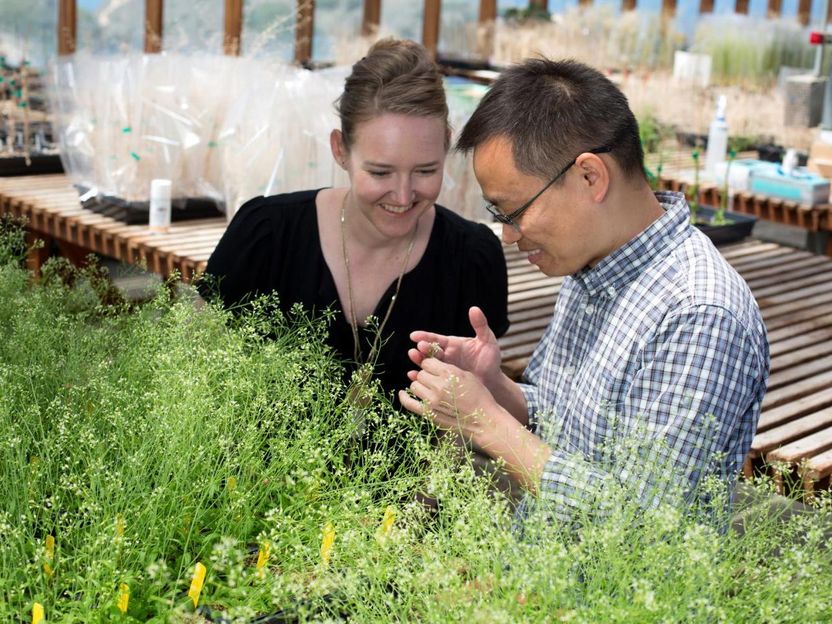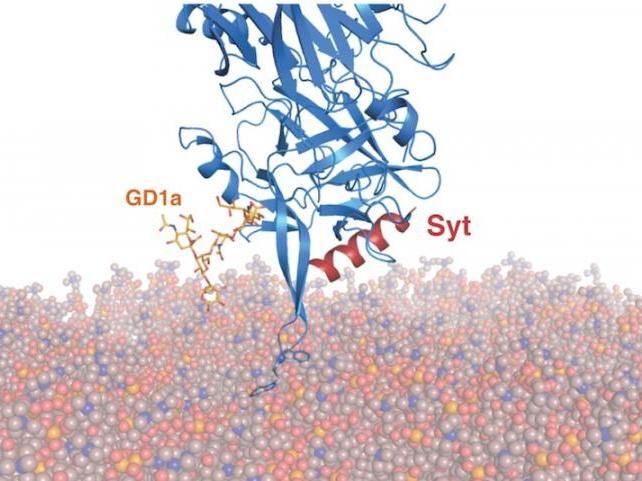Big Data for small cells – a new tracking and quantification tool for single cells
Working with colleagues from the ETH Zürich, scientists at the Helmholtz Zentrum München and the Technical University of Munich have developed software that allows observing cells for weeks while also measuring molecular properties.

Screenshot of the new Software
Carsten Marr / TUM/HMGU
Certain questions in modern cell biology can only be answered by specifically observing the fate of individual cells. For example, researchers are interested in how stem cells develop into other cell types. Since in some cases such processes take several days to complete, the analysis with standard methods, which often measure only a single time point of the process, is not adequate.
But the recording and analysis of so-called time-lapse microscopy movies* is not trivial: "On the one hand, it is necessary to take enough images in order not to lose track of the cells, while on the other hand, this results in enormous data quantities, in some cases with millions of images," reports Prof. Dr. Dr. Fabian Theis as he explains the previous dilemma. "The idea was consequently to make this emerging big data utilizable for science." Theis is Director of the Institute of Computational Biology (ICB) at the Helmholtz Zentrum München and holds the Chair of Mathematical Modeling of Biological Systems at the Technical University of Munich. He led the study together with Prof. Dr. Timm Schroeder from the Department of Biosystems Science and Engineering (D-BSSE) at the ETH Zürich, which is headquartered in Basel.
Software available online
Schroeder himself conducted research at the Helmholtz Zentrum München until 2013 and has been investigating the dynamics of stem cells for some time. And so he knew perfectly well what the new software should be able to do: "We put together two separate packages: a manual tracking tool and a semi-automatic quantification tool for individual cell analyses in time-lapse microscopy movies.** The two together allow measurements of properties such as the length of the cell cycle, the expression dynamics of certain proteins, and correlations of these properties between sister cells."
As far as the scientists are concerned, the new possibilities that these programs offer should be available to as many researchers around the world as possible. Therefore the software is freely available, and can be downloaded from the link on the right side.
Technical obstacles were removed as far as possible. "Our focus was on making the application also available to researchers who do not have background IT know-how," Schroeder explains. And the application appears to work well: Two high-ranking publications can be traced back to the spyware for cells.
Original publication
Other news from the department science
These products might interest you
Most read news
More news from our other portals
See the theme worlds for related content
Topic World Cell Analysis
Cell analyse advanced method allows us to explore and understand cells in their many facets. From single cell analysis to flow cytometry and imaging technology, cell analysis provides us with valuable insights into the structure, function and interaction of cells. Whether in medicine, biological research or pharmacology, cell analysis is revolutionizing our understanding of disease, development and treatment options.

Topic World Cell Analysis
Cell analyse advanced method allows us to explore and understand cells in their many facets. From single cell analysis to flow cytometry and imaging technology, cell analysis provides us with valuable insights into the structure, function and interaction of cells. Whether in medicine, biological research or pharmacology, cell analysis is revolutionizing our understanding of disease, development and treatment options.




























































